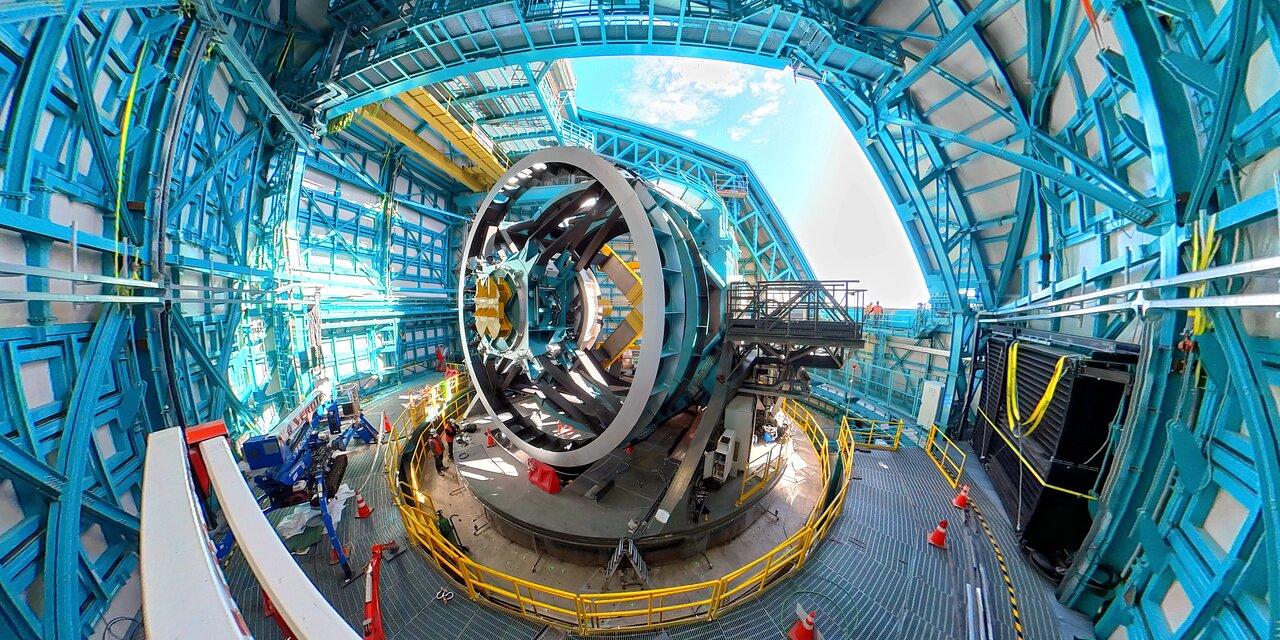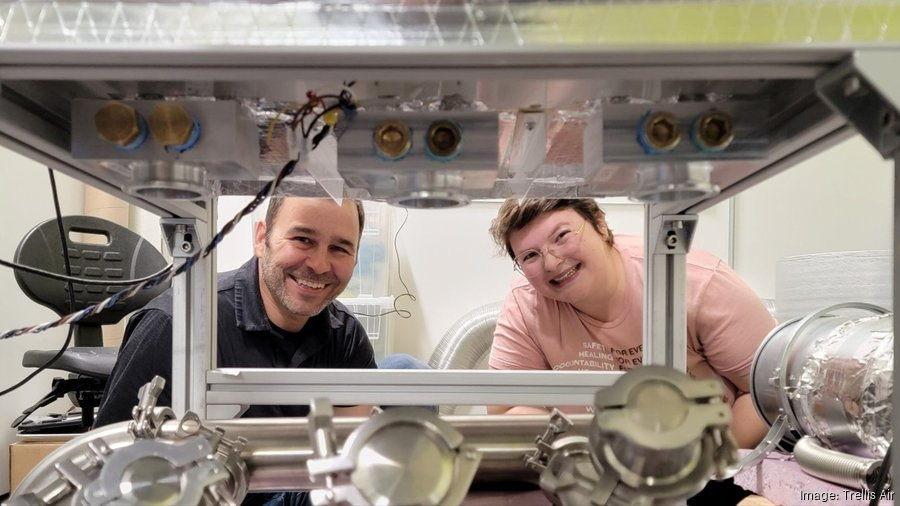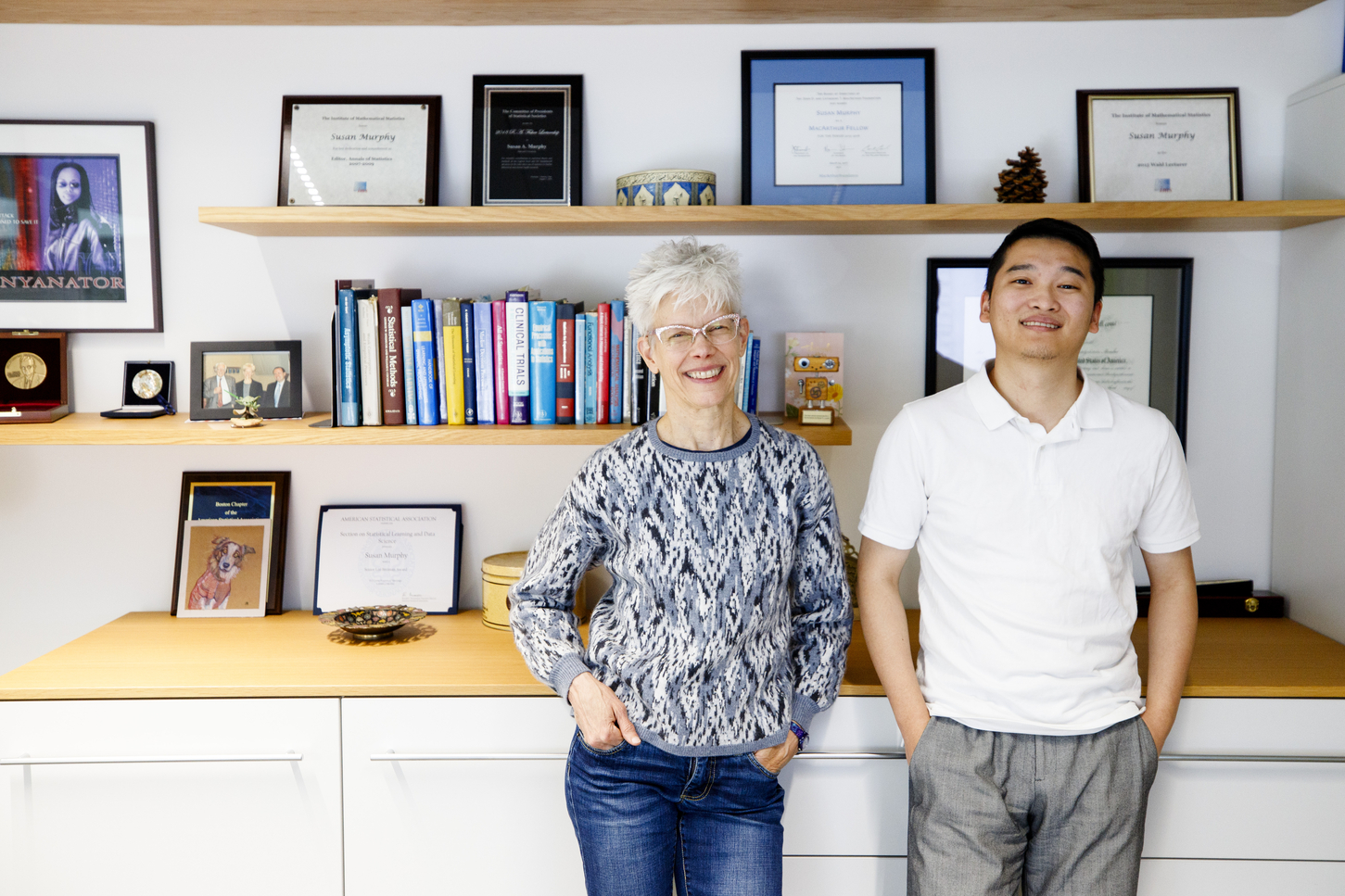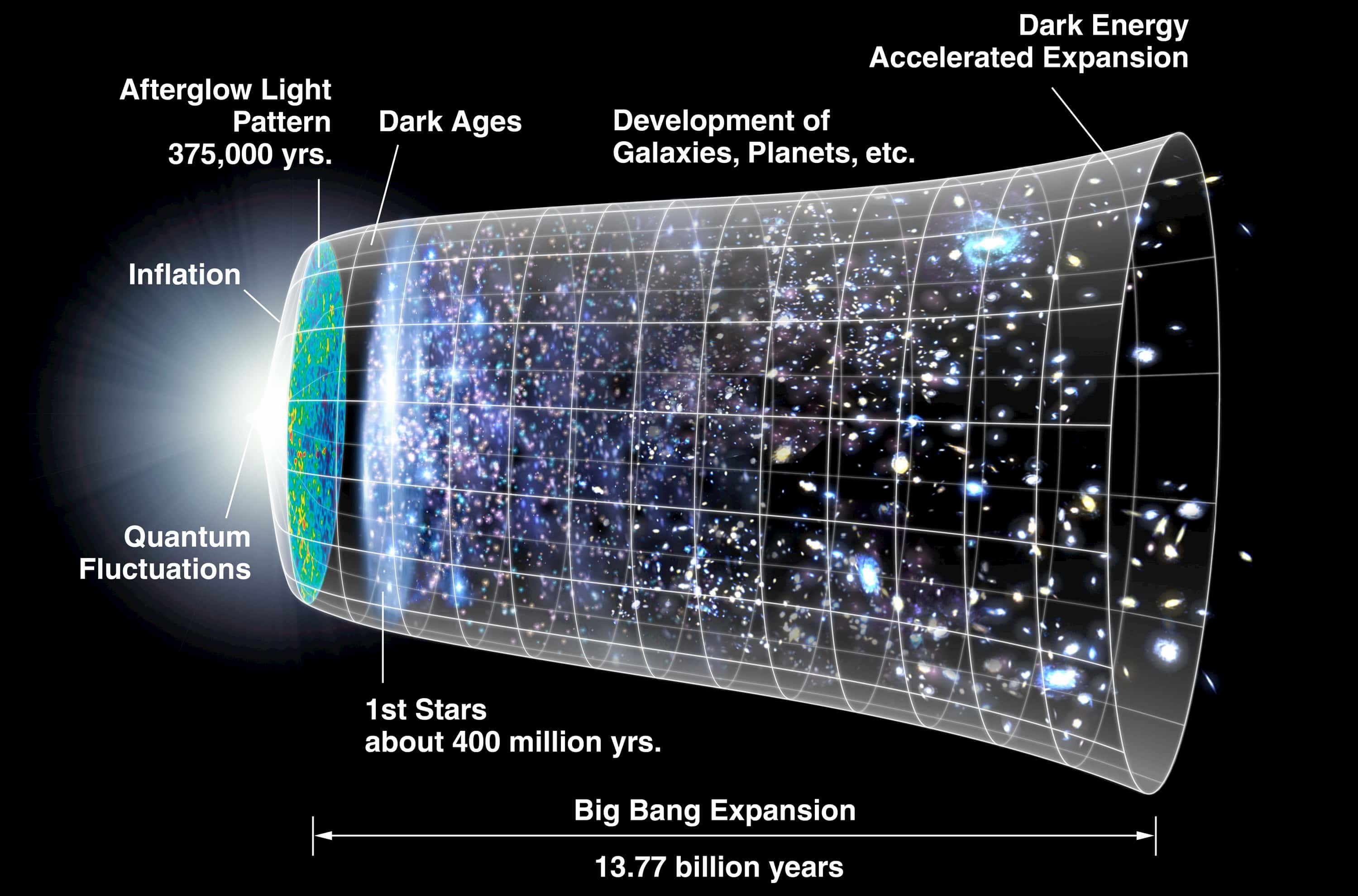The Vera C. Rubin Observatory is set to revolutionize our understanding of the universe through its groundbreaking Legacy Survey of Space and Time (LSST) project. Located in Chile, this state-of-the-art facility aims to map the entire night sky, illuminating the mysteries of dark matter and our Milky Way. Recently, the observatory successfully conducted its first sky images using a 144-megapixel test camera, laying the foundation for the larger LSST Camera that will soon be integrated. This immense camera will capture unparalleled cosmic cinematography, providing astronomers with vital data to explore celestial phenomena like hazardous asteroids and the elusive nature of dark matter. With each image, the Rubin Observatory will advance science and technology, fostering unprecedented collaboration across the global scientific community.
The Vera C. Rubin Observatory, often referred to simply as Rubin Observatory, represents a major leap in astronomical research with its ambitious endeavor to conduct a ten-year Legacy Survey of Space and Time. This cutting-edge observatory is designed not just to take stunning visuals of the night sky but also to meticulously chart the Milky Way’s structure and probe the enigmatic properties of dark energy and dark matter. As the facility prepares to launch its primary imaging device, known as the LSST Camera, scientists anticipate a flood of data that will transform our understanding of the cosmos. Leveraging high-resolution imagery and systematic observations, Rubin Observatory is on the brink of unveiling secrets of the universe that have long eluded researchers, thereby providing invaluable insights into the nature of our reality.
Exploring the Capabilities of the LSST Camera
The LSST Camera, integral to the operations of the Vera C. Rubin Observatory, represents a monumental leap in astronomical imaging technology. With an impressive capacity of 21 times the imaging area of its predecessor, the Commissioning Camera, this camera is designed to capture vast expanses of the sky in unprecedented detail. It combines the power of large-aperture optics with wide-field capabilities, making it a ‘cosmic cinematographer’ that will allow astronomers to observe numerous faint celestial phenomena simultaneously. By harnessing this advanced technology, the Rubin Observatory will produce a continuous time-lapse of the universe, enabling scientists to track dynamic changes in the night sky over a decade-long survey period.
As the LSST Camera prepares for installation, expectations are high for its impact on our understanding of the universe. This revolutionary instrument will facilitate the comprehensive mapping of astronomical objects, ranging from distant galaxies to our very own Milky Way. The data generated will be pivotal in unraveling the mysteries of dark matter, which constitutes a significant portion of our galaxy yet remains elusive in its true nature. Through daily observations and the automation of data release, the LSST Camera is set to change how astronomers approach cosmic research, allowing for collaborative efforts among scientists worldwide.
The Role of Rubin Observatory in Dark Matter Research
At the forefront of astronomical exploration, the Vera C. Rubin Observatory is positioned uniquely to advance our understanding of dark matter. This enigmatic substance, which accounts for approximately 90 percent of the mass in the Milky Way, significantly influences the gravitational interactions visible in the cosmos. The ambitious Legacy Survey of Space and Time project aims to gather extensive photometric data of the sky, which will enable scientists to infer the presence and properties of dark matter through its gravitational effects on visible structures. As imaging capabilities improve, researchers hope to elucidate the unknown characteristics of dark matter, potentially revealing new physics.
Moreover, the Rubin Observatory’s approach to data accessibility stands to revolutionize dark matter research. By providing open access to its comprehensive datasets, the observatory invites collaboration among astronomers and physicists, fostering a collective effort to decode the mysteries surrounding dark matter and dark energy. This initiative not only democratizes scientific research but also enhances educational outreach, cultivating the next generation of scientists eager to explore these fundamental questions in physics and cosmology. The insights gained from the LSST Camera and its data will undoubtedly contribute to groundbreaking discoveries about the universe.
Milky Way Mapping: A New Era of Discovery
The exploration and mapping of our Milky Way galaxy are set to receive considerable advancements with the capabilities of the Vera C. Rubin Observatory. The LSST Camera’s extraordinary resolution will allow for detailed imaging of the galaxy, revealing structures and phenomena previously hidden from our view. By conducting repeated surveys of the sky, researchers will gather critical data to produce high-fidelity models of galactic dynamics, stellar populations, and the distribution of dark matter within our galaxy. This unprecedented level of detail will aid in understanding both the formation and evolution of the Milky Way.
In carving out a clearer portrait of the Milky Way, the Rubin Observatory will also contribute valuable insights into our solar neighborhood and its surrounding cosmic environment. With the substantial dataset generated over the duration of the survey, astronomers will be able to identify variable stars, star clusters, and even potentially hazardous objects, such as asteroids. Understanding these elements within our galaxy is essential not only for astrobiology and the search for extraterrestrial life but also for bolstering planetary defense mechanisms. The integration of wide-field, large-aperture capabilities marks a transformative leap in galactic studies and cosmic exploration.
The Significance of Cosmic Cinematography
Cosmic cinematography, a term used to describe the Rubin Observatory’s innovative approach to astronomical imaging, epitomizes the cutting-edge research being undertaken in modern astrophysics. By capturing the night sky every few nights over a decade, the LSST Camera will create a meticulous record of cosmic events. This continuous observation framework allows astronomers to document transient phenomena such as supernovae, variable stars, and nearby asteroids, unveiling the dynamic and ever-changing nature of the universe. Such a comprehensive cinematic view of the cosmos is essential for piecing together the fundamental processes shaping our universe.
The implications of cosmic cinematography extend well beyond mere observation. By making this data widely available, the Rubin Observatory encourages interdisciplinary collaboration and citizen science, opening new avenues for innovative research. Educators and students across the globe will have access to real-time astronomical data, fostering a deeper appreciation for cosmic phenomena and stimulating interest in STEM fields. As the observatory embarks on this ambitious project, the excitement for new discoveries and the potential to answer long-standing scientific questions is palpable within the astronomical community.
Data Accessibility: A Revolutionary Approach
A transformative aspect of the Rubin Observatory’s Legacy Survey of Space and Time is its commitment to data accessibility. Unlike traditional observational campaigns, which often limit data sharing to select institutions or researchers, the Rubin Observatory promises to make all collected data available to the global scientific community in real time. This open data policy promotes transparency, collaboration, and innovation, ensuring that the vast cosmic datasets can be used by researchers from various fields, including astrophysics, astronomy, and even unrelated disciplines that could benefit from this wealth of information.
Moreover, this initiative emphasizes education and outreach, providing invaluable resources for K-12 students and educators. By integrating real astronomical data into classrooms, the observatory helps cultivate scientific literacy and encourages young learners to engage with the wonders of the universe. This progressive approach not only enhances research opportunities and cross-disciplinary partnerships but also fosters a new generation of scientists eager to tackle profound questions about dark matter, cosmic expansion, and the fundamental nature of the universe.
Engaging Future Generations through Education
The Vera C. Rubin Observatory is not only a hub for groundbreaking astronomical research but also a beacon for educational outreach and community engagement. Recognizing the importance of inspiring young minds, the observatory has initiated programs to involve K-12 students in astronomy and scientific inquiry. By providing access to real-time observational data and involving students in research activities, the observatory is making astronomy accessible and engaging, thereby nurturing the future generation of scientists.
This educational outreach aims to demystify the complex topics surrounding astrophysics, dark matter, and cosmic exploration, making them relatable and understandable to students of all backgrounds. Workshops, resources, and interactive experiences are being developed to spark curiosity and enthusiasm for science in classrooms around the world. As students explore the wonders of the universe through the lens of cutting-edge technology available at the Rubin Observatory, they are empowered to become active participants in the scientific community.
Collaborative Science: Redefining Research Paradigms
The vision of the Rubin Observatory extends beyond singular remarkable discoveries; it aims to foster a culture of collaboration within the scientific community. By making data and imaging due to the Legacy Survey of Space and Time freely available, the observatory is dismantling traditional silos that often isolate research efforts. This paradigm shift opens the doors for researchers worldwide to engage with each other’s work, share findings, and propose new hypotheses driven by the rich data gathered from the observatory’s extensive surveys.
Such collaboration will enhance not only the pace of scientific discovery but also the multidisciplinary nature of research. As astronomers, theorists, and data scientists work together, they will explore interconnected fields such as cosmology, astrophysics, and particle physics, accelerating our understanding of fundamental questions in the universe. The Rubin Observatory thus stands as a model for how collaborative science can impact research methodologies and lead to innovative breakthroughs, especially in understanding dark matter, dark energy, and the complex dynamics of galactic structures.
The Future of Astrophysics: Unveiling Cosmic Mysteries
As the Vera C. Rubin Observatory prepares for its first light in mid-2025, the future of astrophysics looks promising. Scientists aim to witness the unfolding events of the universe with unparalleled resolution and scope, propelling us closer to understanding some of the most profound cosmic mysteries. The continuous survey of the night sky through the LSST Camera will provide invaluable data on a range of subjects, from the evolution of galaxies to the elusive nature of dark matter and dark energy.
Anticipated advancements in technology, data analysis, and collaborative research will enhance the exploration of these mysteries, equipping the scientific community to dissect complexities that continue to baffle researchers today. With billions of data points and hours of celestial observations at their disposal, the researchers at the Rubin Observatory are set to transform our comprehension of the universe, shedding light on both existing theories and possibly leading to groundbreaking new revelations.
Frequently Asked Questions
What is the purpose of the Vera C. Rubin Observatory?
The Vera C. Rubin Observatory aims to create a comprehensive map of the universe over its 10-year project known as the Legacy Survey of Space and Time (LSST). It will gather time-lapse images of the night sky to study changes and movements in celestial objects, enhancing our understanding of phenomena like dark matter, dark energy, and the Milky Way.
How does the LSST Camera contribute to astronomical research at the Rubin Observatory?
The LSST Camera, the largest astronomical camera ever constructed, significantly enhances the Rubin Observatory’s capability by capturing images 21 times larger than the test camera. This facilitates ‘cosmic cinematography,’ allowing astronomers to observe numerous faint celestial objects simultaneously and track their variations over time.
What advancements in dark matter studies are expected from the Rubin Observatory?
The Rubin Observatory is expected to provide unprecedented insights into dark matter by using its advanced LSST Camera to accurately calibrate and observe gravitational effects across the Milky Way. Through its extensive data collection, the project aims to uncover the nature and properties of dark matter, which accounts for about 90 percent of the Milky Way’s mass.
What initiatives does the Rubin Observatory have for public outreach and education?
The Rubin Observatory is committed to making its astronomical data publicly available to the scientific community and the general public. The project includes educational outreach initiatives for students from kindergarten through 12th grade, ensuring that the data generated by the LSST is accessible for learning and research purposes.
How does the Rubin Observatory’s project differ from traditional astronomical observations?
Unlike traditional observations that focus on specific celestial objects, the Rubin Observatory combines wide-field and large-aperture telescopic capabilities. This allows it to capture a broad swath of the night sky simultaneously, drastically changing the way astronomers can monitor cosmic events and facilitating the study of various scientific questions, from asteroid detection to tracing the Milky Way’s structure.
When can we expect to see the first astronomical images from the Rubin Observatory?
The first public release of astronomical images from the Rubin Observatory is expected in mid-2025, following a commissioning period for its LSST Camera which is set to integrate with the telescope by the end of January 2025.
| Key Point | Details |
|---|---|
| Testing of the Camera | The Simonyi Survey Telescope used an engineering test camera to successfully capture images of the night sky. |
| Main Camera Integration | The LSST Camera, the largest astronomical camera ever built, will be integrated with the telescope and aims for installation by January 2025. |
| 10-Year Project | The Legacy Survey of Space and Time will scan the sky regularly for 10 years, providing time-lapse imaging of celestial changes. |
| Open Data Initiative | The project will make data accessible to a global scientific community and focus on education outreach. |
| Exploration of Dark Matter | The telescope aims to study the nature of dark matter and dark energy, which constitute a significant part of the universe. |
| Broader Scientific Applications | The data collected will aid in various astronomical studies, including identifying asteroids and mapping the Milky Way. |
Summary
Rubin Observatory is at the forefront of astronomical advancements with its innovative Legacy Survey of Space and Time project. This initiative will not only deliver high-resolution images of the night sky over a decade but also break new ground in data accessibility, allowing scientists and educators globally to engage with the findings. By focusing on dark matter and dark energy, the observatory aims to unlock cosmic mysteries that have baffled researchers for years, making strides in our understanding of the universe.









